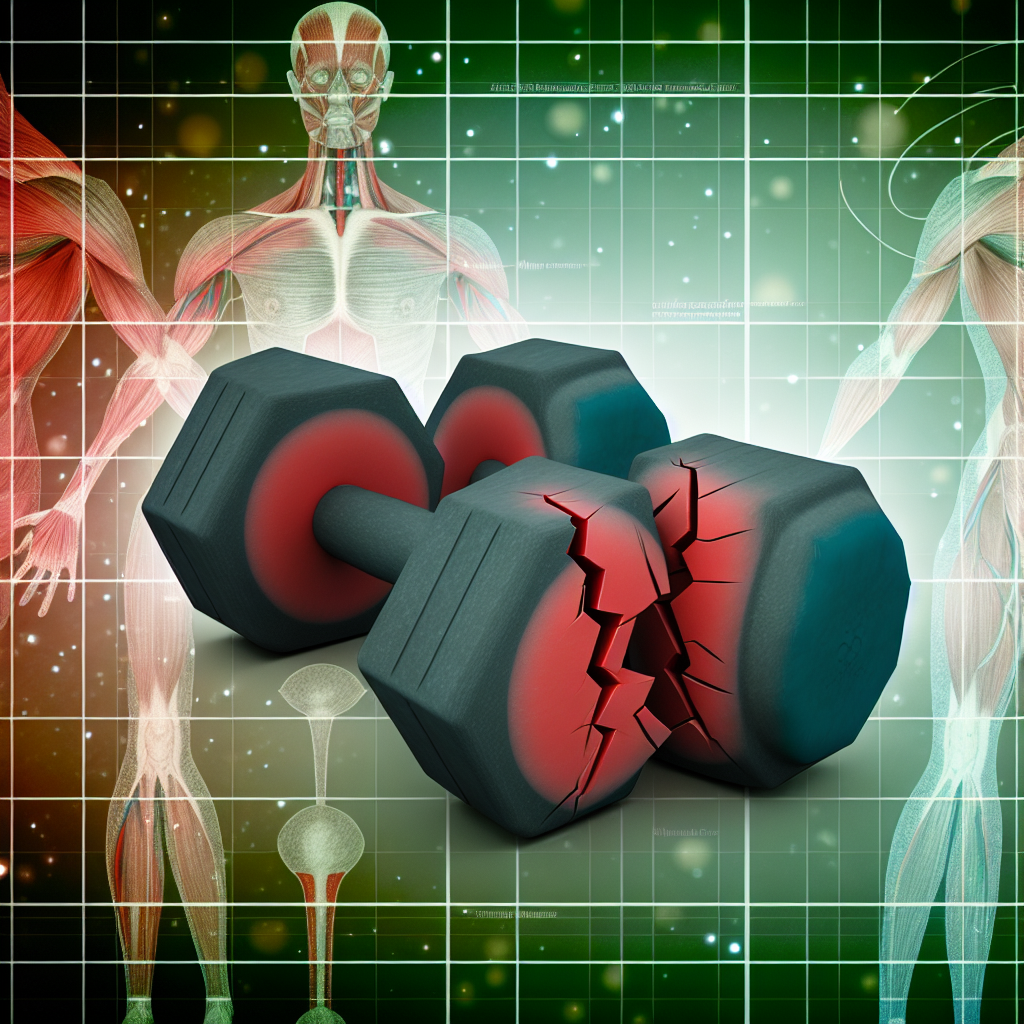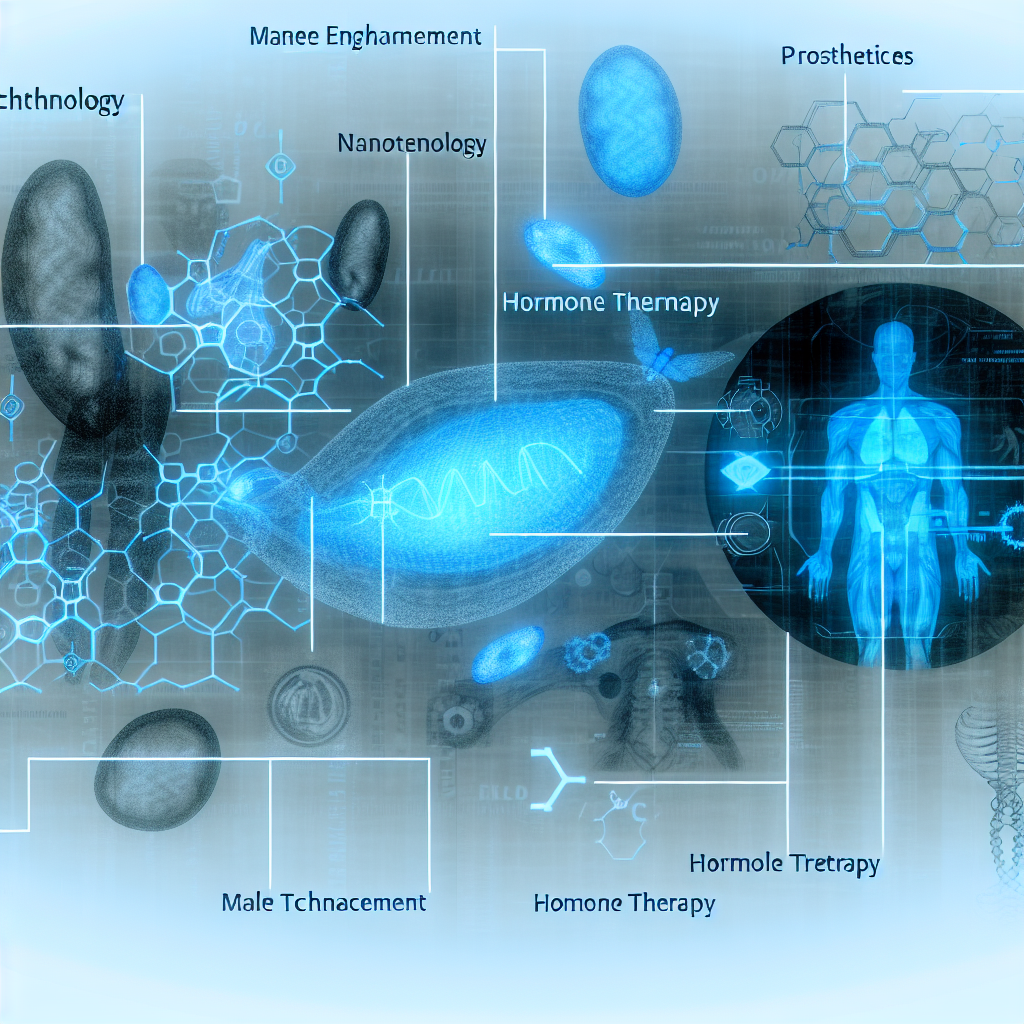Penile Microtrauma: How Common Exercises Can Damage Enhancement Progress
Introduction: When Good Intentions Lead to Unexpected Damage
In the pursuit of self-improvement, many men seek ways to enhance their appearance, vitality, and sexual health. Among these goals, **penile enhancement**—whether to increase size, improve function, or achieve better aesthetic symmetry—remains a common desire for men between their teens and 90s.
With the popularity of online forums, influencer-led routines, and self-help content promoting **penile exercises** like jelqing, stretching, pumping, and clamping, more individuals are experimenting with enhancement techniques without proper understanding of the risks involved.
One particularly concerning outcome is the development of **penile microtrauma**—microscopic wounds and stress injuries that occur over time. These injuries, while mostly invisible initially, can impose serious consequences including tissue damage, nerve dysfunction, vascular irregularities, and even long-term fibrosis.
The irony is striking: the intention is self-betterment, but the outcome can be chronic damage. **Improper technique**, lack of medical guidance, and excessive force during exercises often lead to cumulative trauma. Microscopic tears in blood vessels and connective tissues—especially the tunica albuginea, essential for erections—may initially show as temporary increases in size due to inflammation, not genuine growth.
Populations at opposite ends of the age spectrum—teenagers and older men—are particularly at risk. Teens may lack physiological maturity, while aging men have slower tissue regeneration, making healing more difficult and injuries more permanent.
Hidden Dangers: Medical Insights and Studies on Penile Microtrauma
The impact of **mechanical stress on penile tissues** is a growing area of concern in the medical community. While cultural stigmas and lack of research funding have limited studies, existing medical literature paints a troubling picture of the side effects linked to unregulated penile enlargement practices.
A 2008 study published in the Journal of Sexual Medicine reported that nearly 25% of men who attempted **non-surgical penile enlargement techniques** experienced complications. These included nerve pain, vascular damage, erectile dysfunction, and dermal injuries, often linked to **jelqing** and improper use of **penis pumps**.
Further, a 2019 review published in Sexual Medicine Reviews emphasized that while clinical approaches like **professional penile traction therapy** (mainly for treating Peyronie’s disease) have validated benefits, **DIY physical enhancement exercises** carry little evidence of safety or efficacy—and a high margin for error.
One of the gravest risks discussed in several publications is the development of **fibrosis**—the hardening of tissue caused by scarring. Repetitive microtrauma can eventually lead to hardened, inflexible segments in the penis, contributing to **Peyronie’s disease**, a condition where scar tissue causes curvature and pain during erections. According to a 2020 multicenter study, repetitive injury—even in men as young as their 30s—correlates with increased incidence of Peyronie’s.
Another overlooked concern is **neurological trauma**. Damage to the **dorsal nerve**, a primary sensory nerve in the penis, can lead to reduced sensation or complete **penile numbness**, severely impairing sexual function and psychological wellness.
Additionally, chronic use of enhancement devices can cause **microvascular injuries**, weakening blood vessel integrity. This can eventually result in conditions such as **venous leak syndrome**, where the penis cannot sustain sufficient blood flow during an erection, potentially requiring medical intervention.
Despite limitations in available clinical trials, the consistent message from urologists points clearly to this: men seeking enhancement should prioritize medically guided, evidence-based strategies to avoid irreversible consequences.
Going Beyond Size: Prioritizing Health Over Hype
Penile enhancement is not purely a vanity issue; often, it ties into deeper considerations such as body image, **sexual confidence**, relationship satisfaction, or social conditioning influenced by media and pornography. While the desire for improvement is valid, it must be balanced with **awareness of anatomy**, **health risks**, and **mental well-being**.
The subtle signs of **penile microtrauma**—including redness, persistent swelling, darkening, or a “spongy” feeling—are frequently misinterpreted as gains. In many cases, these are symptoms of inflammation, **not true enlargement**.
Even worse, long-term complications—such as **loss of sensation**, plaque formation, chronic curvature, and **erectile dysfunction**—often surface months later, making the connection to earlier trauma unclear to the average person. At that point, the damage may be irreversible or require surgical intervention.
Awareness is vital. Understanding that the penis is composed of **delicate structures**, including erectile tissues, vascular channels, and sensory nerves, can help individuals treat it with the care it deserves. Skipping **warming up**, overextending during routines, or ignoring early signs of discomfort are actions that compound the risk.
Just as one wouldn’t jump into high-intensity interval training without knowledge or rest periods, **penile tissue** deserves similar caution and strategy.
The Safe Way Forward: Educate, Consult, and Proceed With Caution
If you’re considering **penile enhancement**, it must be treated with the same critical thought and care you’d bring to any physical transformation, such as muscle bulking or weight loss.
Here’s how to move forward safely:
– Consult a certified urologist or men’s health specialist to understand your anatomy and whether enhancement is advisable based on your specific health profile.
– Avoid chasing fast results promoted in online communities or marketed through unregulated products, which often omit crucial safety information.
– Prioritize health over hype. The long-term benefits of preserved sexual function, sensation, and well-being far outweigh transient increases in size.
– Understand your motivations. Many men begin enhancement journeys influenced by misinformation or insecurity, not medical necessity.
The goal of this article is not to dissuade safe and informed self-improvement but to highlight the real biological and psychological consequences of ignoring the body’s warning signals.
Conclusion: Empower Yourself with Knowledge, Not Risk
Understanding the reality of **penile microtrauma** isn’t about fear—it’s about empowerment. Informed decisions can lead to better results, safer practices, and longer-lasting outcomes. Don’t mistake discomfort for progress or risk for reward. If enhancement is your goal, your first step should be education, professional guidance, and patience.
With the right information, you can enhance confidence, function, and even size—but do it the safe way.
References
1. Complications of Penile Enhancement Techniques — Journal of Sexual Medicine
2. Review of Non-surgical Penile Lengthening Procedures — Sexual Medicine Reviews
3. Association Between Penile Trauma and Peyronie’s Disease — Study Overview
4. Mechanism of Vascular Injury Following Penile Exercises
5. Peyronie’s Disease Overview — American Urological Association
6. Penile Sensory Nerve Injury Following Enhancement Exercises
💡 100-Word Summary
Penile enhancement exercises like jelqing and pumping can lead to serious health risks through penile microtrauma—microscopic injuries that accumulate over time. These injuries may damage blood vessels, nerves, and erectile tissue, potentially causing fibrosis, loss of sensation, or erectile dysfunction. Misinterpreted as progress due to temporary swelling, these signs often mask internal harm. Studies have linked repetitive trauma to Peyronie’s disease and vascular complications. Safe enhancement requires understanding anatomy, using medically-backed methods, and consulting a health professional. Avoid unverified online advice and prioritize long-term penile health over short-term size gains for optimal and lasting results.

Dominic E. is a passionate filmmaker navigating the exciting intersection of art and science. By day, he delves into the complexities of the human body as a full-time medical writer, meticulously translating intricate medical concepts into accessible and engaging narratives. By night, he explores the boundless realm of cinematic storytelling, crafting narratives that evoke emotion and challenge perspectives. Film Student and Full-time Medical Writer for ContentVendor.com




